When you’re planning a kitchen remodel or updating bathroom storage, choosing the right cabinet material is one of the most important decisions you’ll make. Among the many options available, solid wood, plywood, particleboard, MDF cabinets stand out for offering a cost-effective, smooth, and highly customizable solution.
Whether you’re renovating on a budget or looking for a sleek, painted finish, MDF (medium-density fiberboard) might be the cabinet material you didn’t know you needed. In this guide, we’ll explore what MDF is, its pros and cons, how it compares to other materials, and where it works best in your home.
What Are MDF Cabinets?
MDF (Medium-Density Fiberboard) is an engineered wood product made by compressing wood fibers, resin, and wax under high pressure. The result is a dense, uniform panel that’s smooth and consistent in strength and appearance.
In cabinetry, MDF is used for:
- Door panels
- Drawer fronts
- Cabinet boxes (in some designs)
- Painted finishes
- Decorative elements like crown molding or shaker doors
MDF is especially popular for painted cabinets, as it provides a smooth surface without the grain patterns of natural wood.
Pros of MDF Cabinets
1. Cost-Effective
MDF is generally less expensive than solid wood or high-grade plywood, making it an excellent choice for homeowners remodeling on a budget.
2. Smooth Surface for Painting
Because MDF has no wood grain, it takes paint beautifully, no knots, swirls, or variations to sand down or cover up. This makes it ideal for modern, smooth, or painted cabinet styles.
3. Customizable and Versatile
MDF can be machined into detailed shapes, curves, and patterns. It’s commonly used for shaker-style cabinets, raised panels, and intricate trim work.
4. Consistent Appearance
Since MDF is man-made, it’s uniform in color, density, and texture. You won’t have to worry about mismatched cabinet doors or grain inconsistencies.
5. Resistant to Warping
MDF won’t warp or crack with changes in humidity like natural wood often does, which makes it a solid choice for interior applications.
Cons of MDF Cabinets
1. Moisture Sensitivity
Standard MDF is vulnerable to water. If not sealed or painted properly, it can swell, crack, or disintegrate when exposed to prolonged moisture.
Tip: For bathrooms or kitchens, look for moisture-resistant MDF (sometimes labeled MR MDF or “green MDF”).
2. Not as Strong as Plywood or Solid Wood
While MDF is dense and stable, it’s not as strong or screw-holding as plywood. It may not be ideal for heavy-duty structural cabinet boxes without proper reinforcement.
3. Difficult to Repair
MDF tends to chip or dent when damaged, and repairing it can be more challenging than touching up solid wood.
4. Heavier Than Plywood
MDF is denser and heavier, which may complicate installation for DIYers.
MDF vs. Other Cabinet Materials
| Material | Cost | Durability | Paint Finish | Water Resistance | Best For |
|---|---|---|---|---|---|
| MDF | Low to Medium | Moderate | Excellent (smooth, even) | Low (unless sealed) | Painted cabinets, interior doors |
| Plywood | Medium to High | High | Good | High | Structural boxes, premium builds |
| Solid Wood | High | High (if maintained) | Variable (shows grain) | Moderate (depends on wood) | High-end kitchens, custom looks |
| Particleboard | Low | Low to Moderate | Fair | Poor | Budget cabinets, rentals |
Ideal Uses for MDF in Cabinets
- Painted cabinet doors and drawer fronts
- Shaker-style kitchen or bathroom cabinets
- Closet shelving and built-ins
- Decorative trim and moldings
- Bathroom vanities with proper sealing
While MDF can be used for entire cabinet boxes, many cabinetmakers combine MDF doors with plywood or particleboard boxes to strike a balance between performance and cost.
Maintenance Tips for MDF Cabinets
- Avoid soaking the surface. Wipe spills quickly with a dry or slightly damp cloth.
- Use gentle cleaners. Harsh chemicals can damage paint or sealants.
- Don’t over-tighten screws. MDF is softer than plywood; use wood glue or inserts for reinforcement.
- Touch up chips or cracks with matching paint or filler designed for MDF.
With proper care, MDF cabinets can last many years, especially in kitchens and bathrooms where style and finish matter just as much as durability.
Should You Choose MDF Cabinets?
Consider MDF cabinets if:
- You’re looking for a smooth, paintable surface.
- You want a modern or classic shaker look.
- You’re remodeling on a budget but still want high visual impact.
- Your cabinetry will be in a dry, indoor environment (or you’re using moisture-resistant MDF).
Skip MDF or proceed with caution if:
- Your space has high humidity (unless using MR MDF).
- You’re installing cabinets in a garage, basement, or laundry room with potential for water exposure.
- You prefer a natural wood look or grain pattern.
Final Thoughts
MDF cabinets offer an affordable and stylish option for homeowners who value clean design and smooth finishes, especially for painted cabinetry. While it’s not as strong as solid wood or plywood, its uniform appearance, paintability, and cost savings make it a go-to material for kitchen and bathroom makeovers.
As with any building material, the key is knowing where and how to use it. When chosen wisely and installed properly, MDF cabinets can elevate your space beautifully and last for years to come.

Leave a Reply